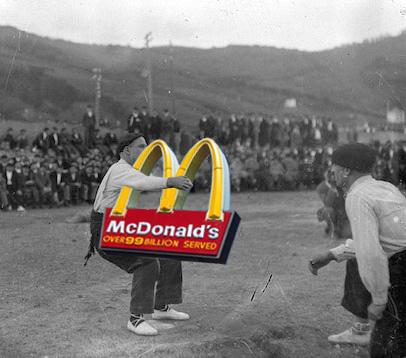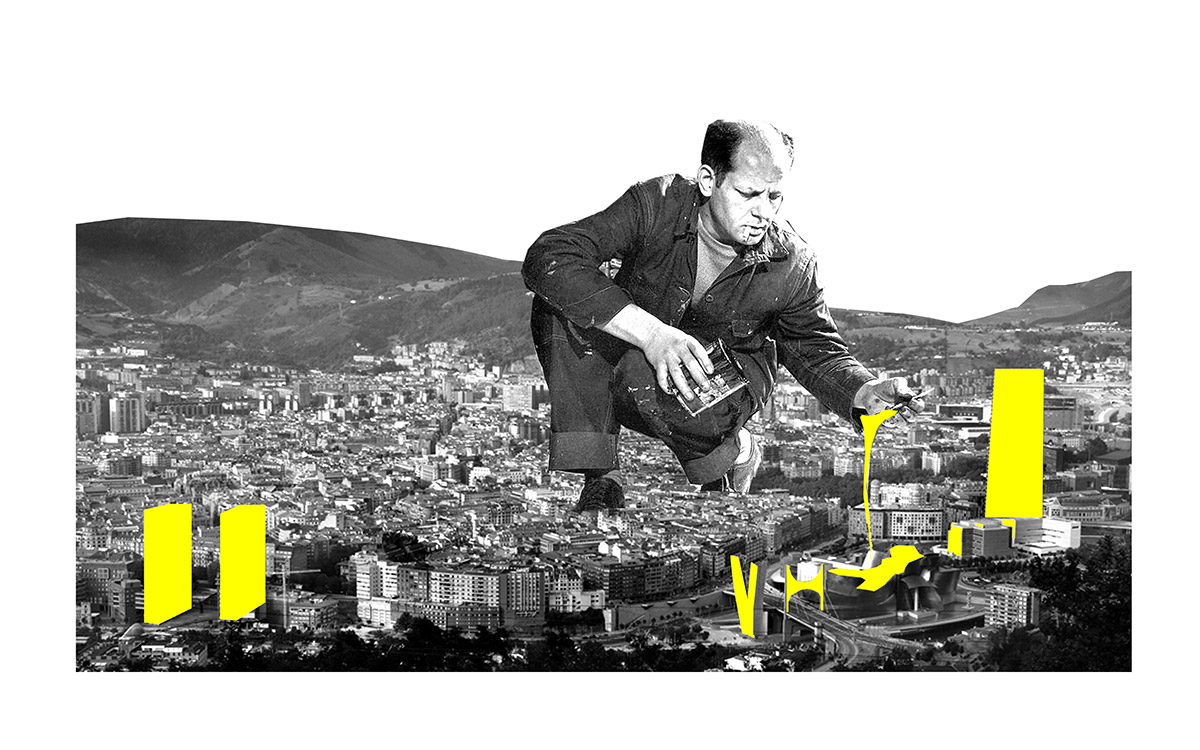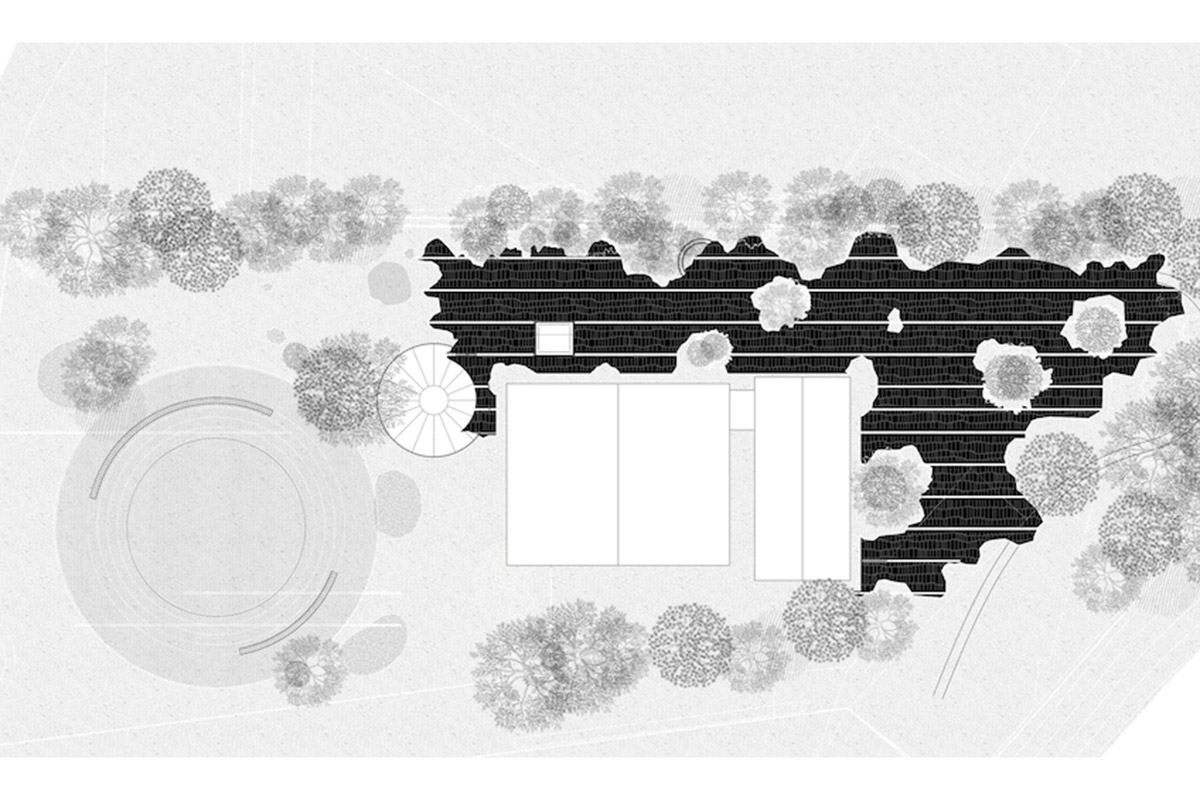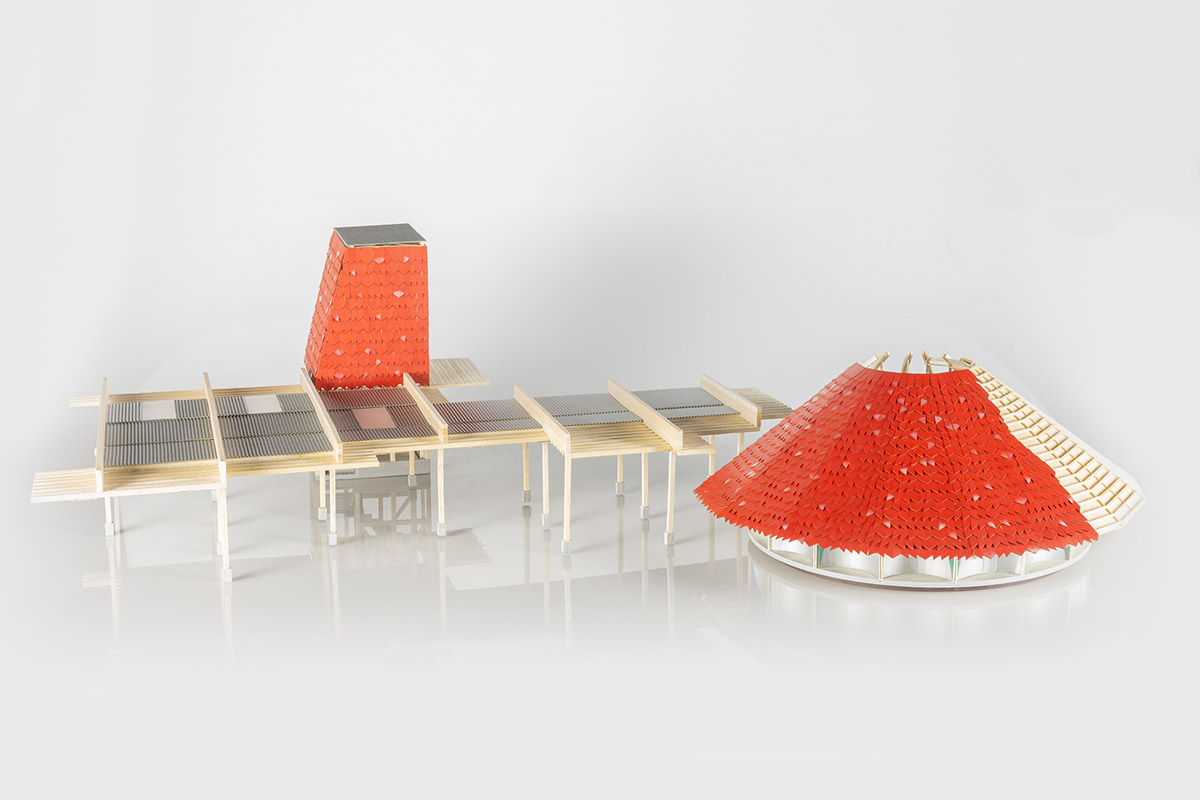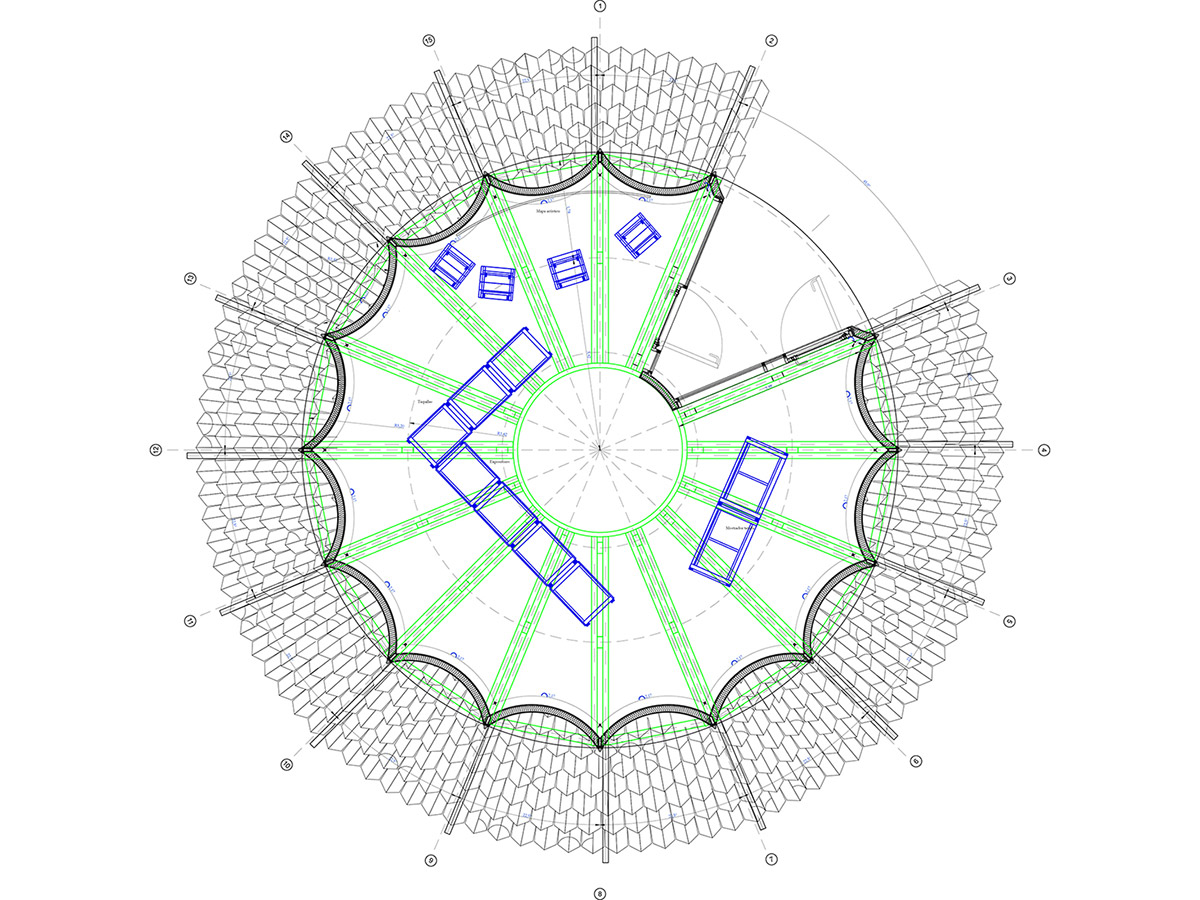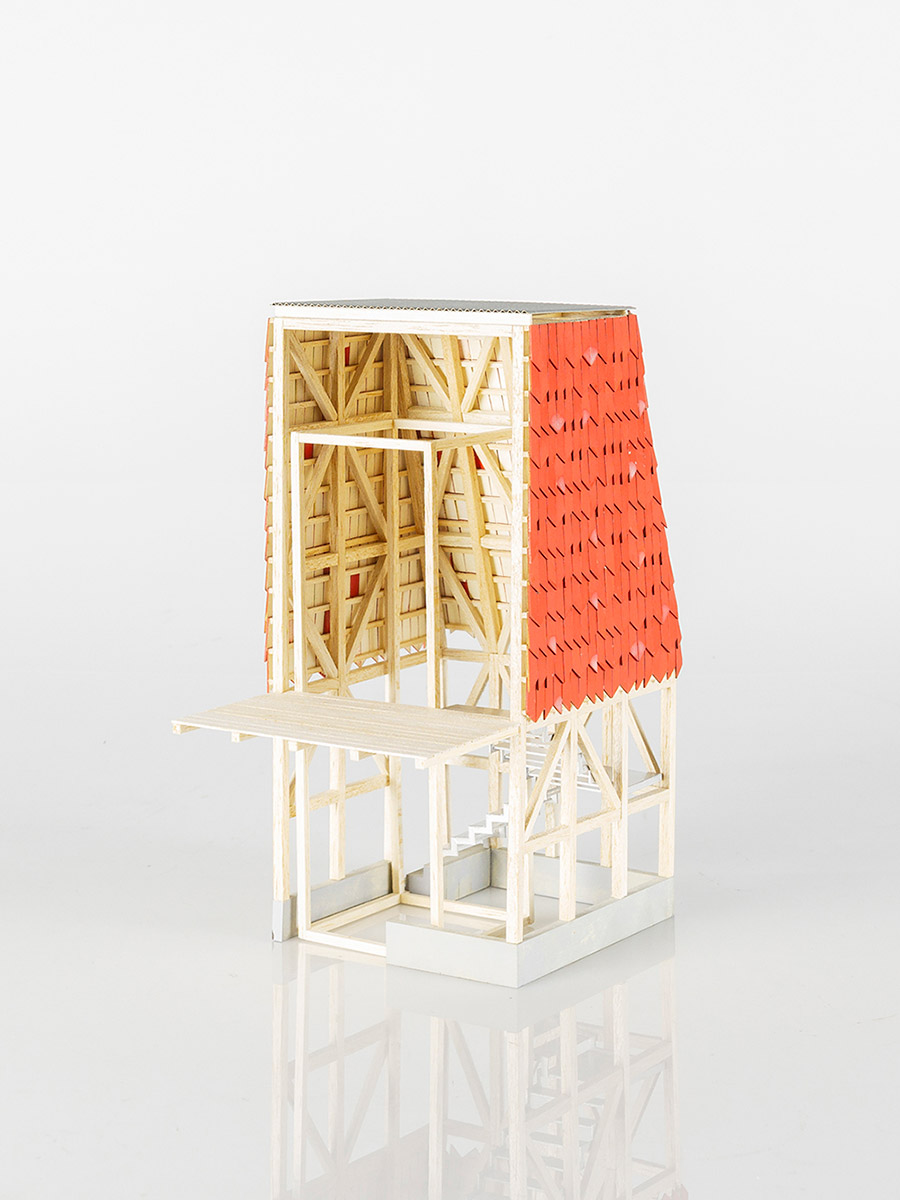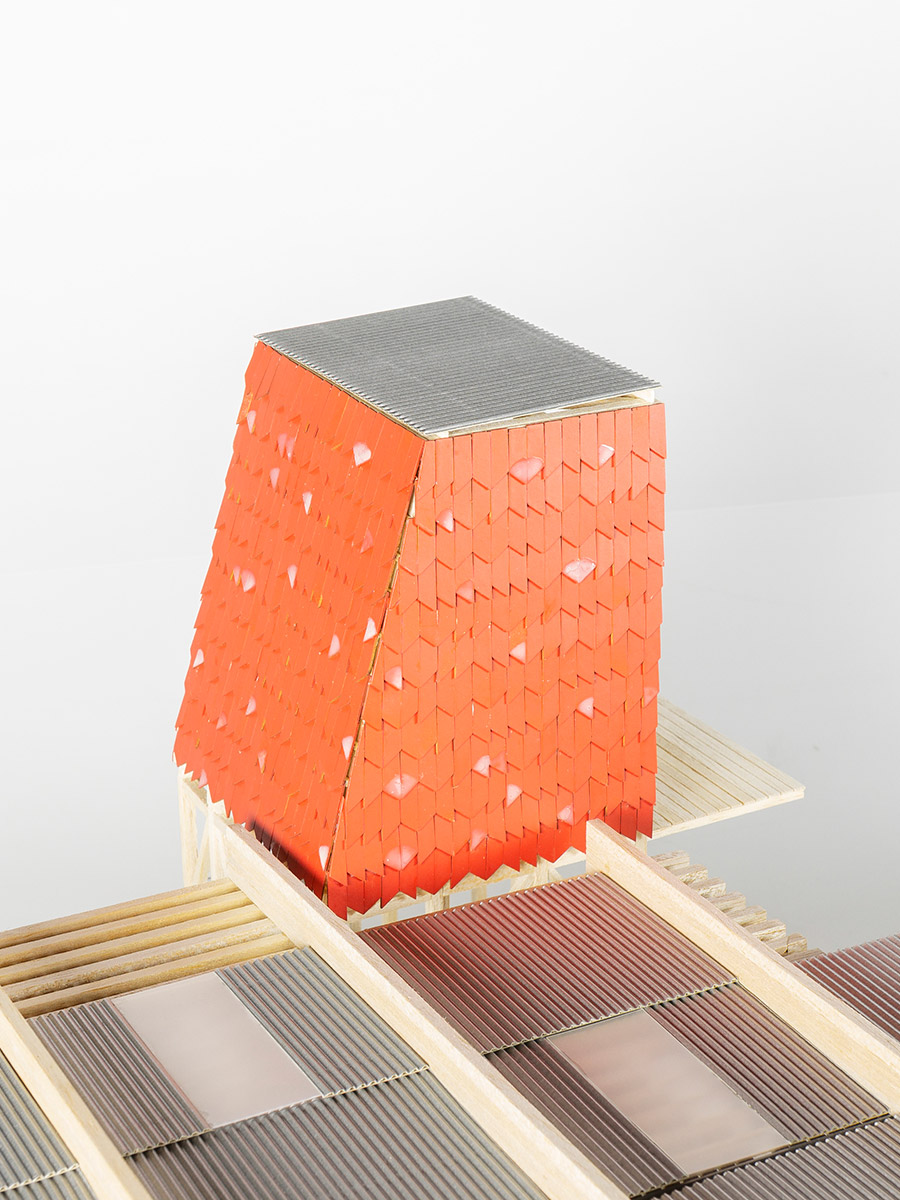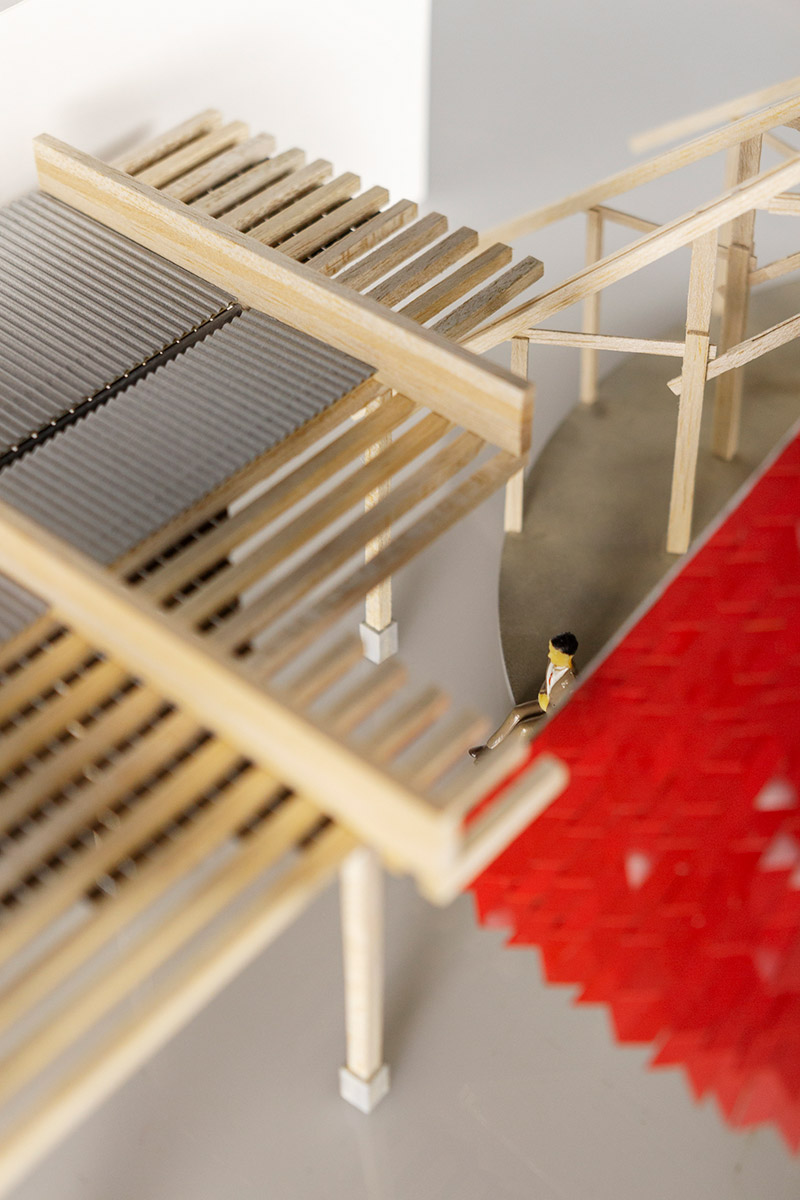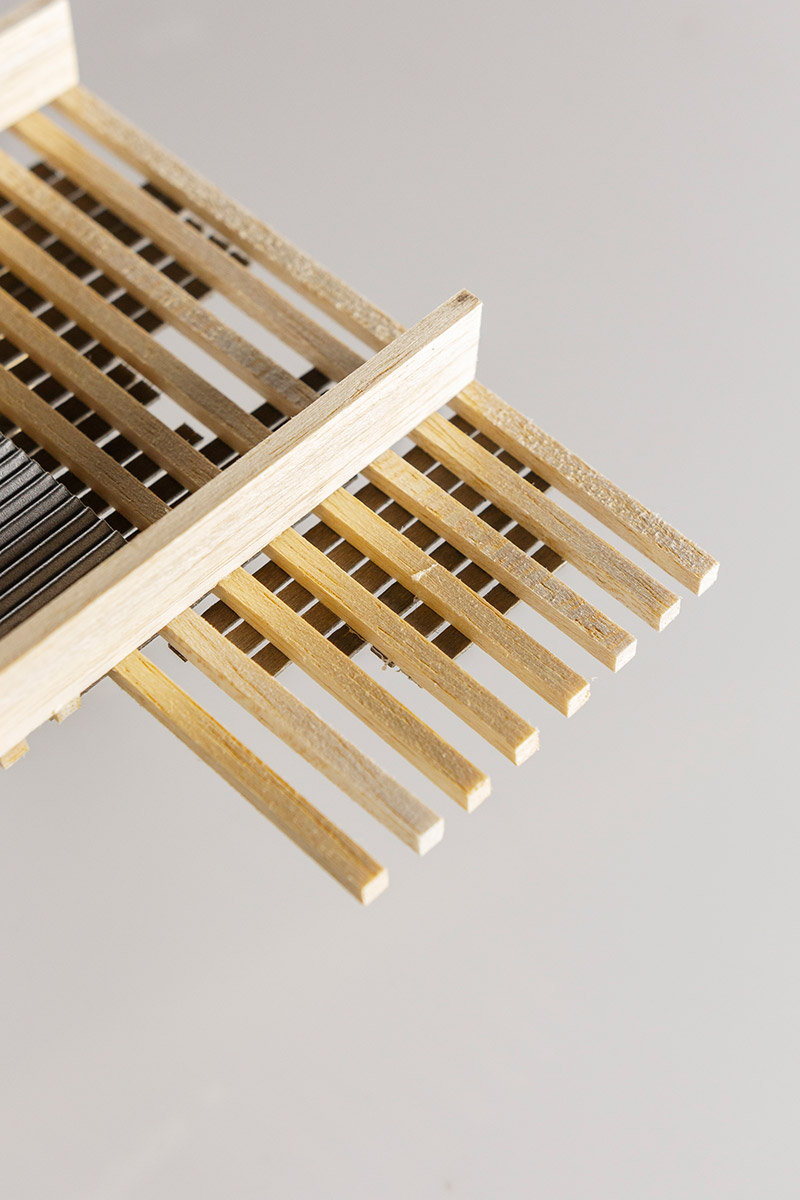22/020
BEAR
Architecture Office
Bilbao
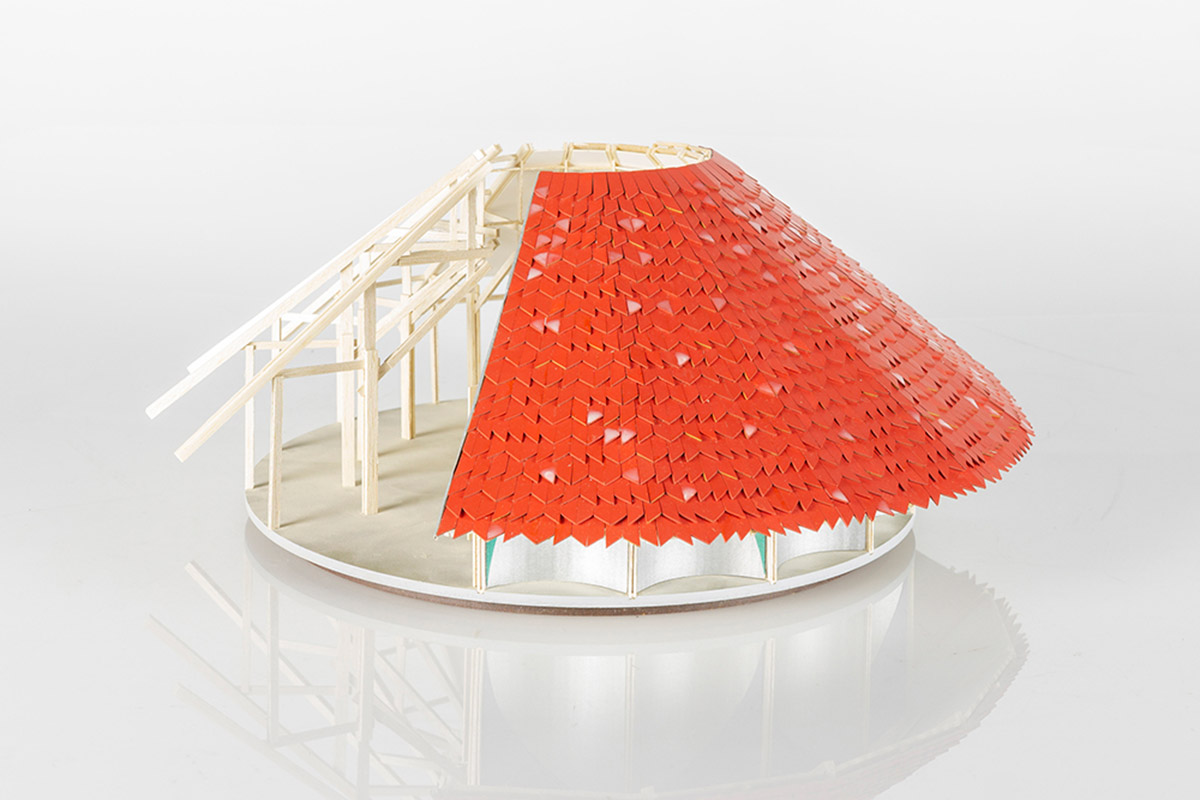
«We are positive, we believe that architecture has a central role in the rebalancing of the planet, therefore we hope that politicians trust it sooner or later.»
«We are positive, we believe that architecture has a central role in the rebalancing of the planet, therefore we hope that politicians trust it sooner or later.»
«We are positive, we believe that architecture has a central role in the rebalancing of the planet, therefore we hope that politicians trust it sooner or later.»
«We are positive, we believe that architecture has a central role in the rebalancing of the planet, therefore we hope that politicians trust it sooner or later.»
«We are positive, we believe that architecture has a central role in the rebalancing of the planet, therefore we hope that politicians trust it sooner or later.»
Please, introduce yourself and your studio…
BEAR is an office based in Bilbao that explores the possibilities of architecture as a discursive practice.
BEAR is lead by Ane Arce and Iñigo Bearastegui.
Founded in 2016, between 18-21 operated as AZAB (kntxtr Interview 19/028). Renown by Egurtek, Peña Ganchegui Archive Foundation, BEAU, among others institutions.
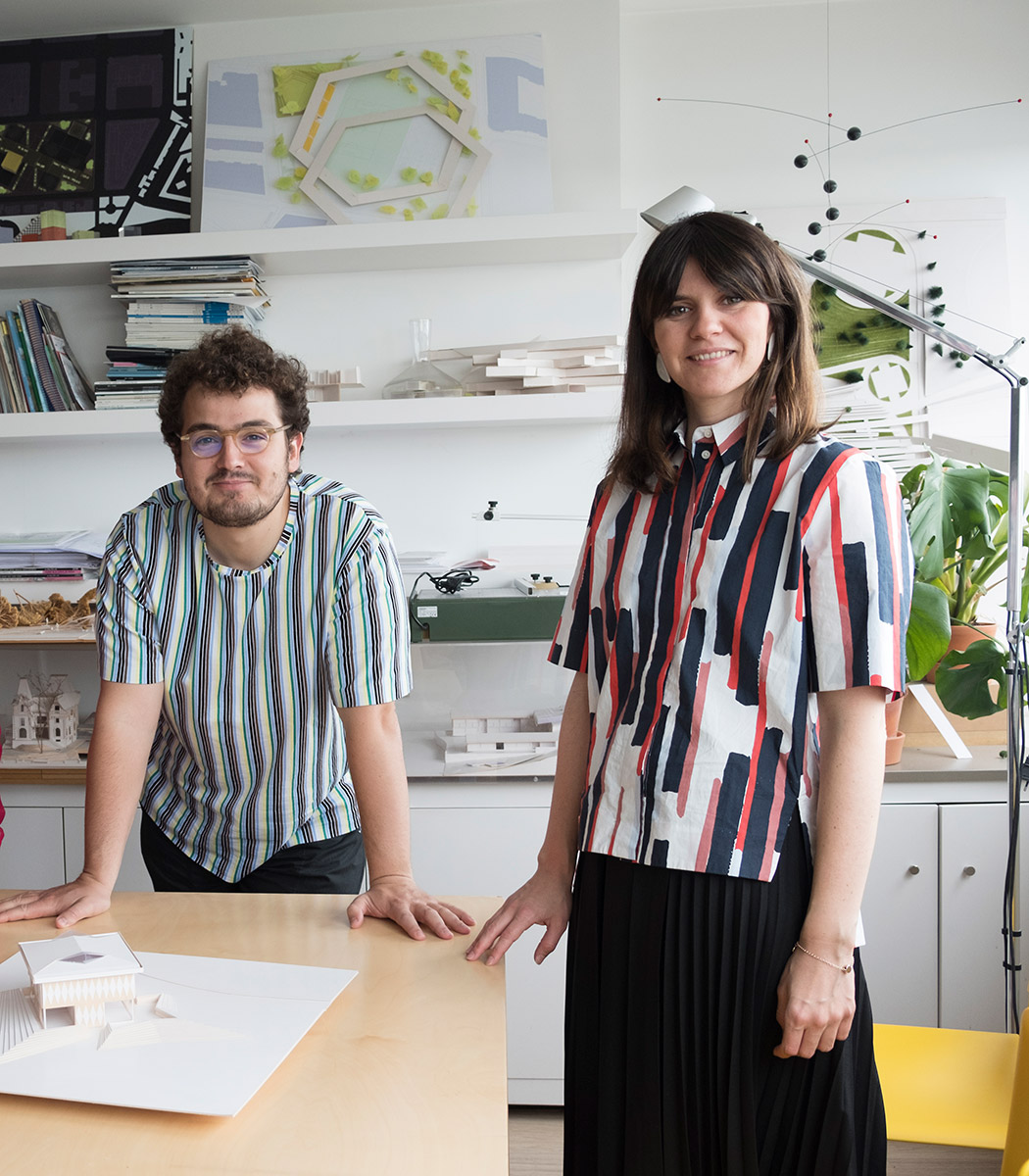
Ane Arce and Iñigo Bearastegui – © Helena Goñ
Defining yourself is stating your renunciations, making your disabilities visible
- in a city neither big nor beautiful
- neither specialized nor specialist
- neither tradition, nor truth
- neither modern nor nostalgic
- neither global nor globalized
- neither local nor capitalist
- neither natural nor folkloric
- always in fiction
- always from below
- always political
- beauty
What are your experiences founding your own office?
How would you characterize the city you are currently based at as location for practicing architecture? How is the context (of this specific place) influencing your projects? What meaning does location have to you overall?
What does your desk/working space/office look like at the moment?
Name your favorite …
A Book: Project of Autonomy: Politics and Architecture Within and Against Capitalism by Pier Vittorio Aureli
A person: Aldo van Eyck
Building material: Wood/Timber
Building: Loro Parisini Factory by Caccia Dominioni
What needs to change in the field of architecture according to you? How do you imagine the future?
We are positive, we believe that architecture has a central role in the rebalancing of the planet, therefore we hope that politicians trust it sooner or later.
If there were one skill you could recommend to a young architect to study in depth at architecture school: what would it be and why?
Strength and patience.
What is your favorite tool to design/create architecture and why?
Models are the most useful tool, to work and show the evolution of a Project.
What essential actions do we need to take as architects now regarding a more sustainable future for everyone?
To trust in architecture is to act in the selection processes with transparency and quality in juries and contracting, since a good process ensures good architecture and good architecture ensures rigor, balance and sustainability.
What person/collective or project do we need to look into right now?
There is a really cool generation of artists launching now around the Basque Country: Helena Goñi, Nora Aurrekoetxea, Jorge Isla, Gala Knörr, Adrian Castañeda and Sahatsa Jauregi among others
Project 1
Folk Museum
Artea
2022
“The regional character is a property of any authentic architecture”(1)
The genius loci or spirit of place is one of the classic concerns that has haunted architecture since ancient times. This search for local or traditional specificity helps to provide a sense of belonging and security that invites the collective appropriation of public spaces.
When in 1944 Sigfried Gideon published his famous article entitled "The need for a new monumentality" he opened a new path towards a general problem: the need for meaning in architecture. This search for a “something” that goes beyond mere functionality is a statement towards an architecture that chooses to absorb the qualities of the environment and translate what it sees into meaningful images. An architecture that flies and proposes a new imagination with which to tie itself to its surroundings and at the same time propose a journey beyond it.
Artea and its Museum of Folk Music are a crouched enclave, hidden under the great mountain and forgotten by the passage of time. However, they are still latent and full of life, waiting for an opportunity to unfold and show their oak groves, corners and churches, their tradition and musical culture nestled in an area of incalculable scenic, cultural and natural value.
An architecture more phenomenological than scientific.
The picturesque seam opens as an alternative way to allow us that free flight, which beyond disciplinary and thought limits, organizes space as a successful sequence of narratives where the visual amplifies, through movement, the invisible and immaterial. This picturesque vision is an alternative construction, a fusion of nature and artifice, which allows us to embrace what exists, building a parallel cartography that illuminates the old museum through formal references that value what is latent and forgotten.
Musiktopa recovers the fragments of nature, walls and corners of the old museum by tying them together and building around them a holistic proposal, which does not look for isolated or superfluous reasons, but rather effective methods of spatial organization capable of relating the particular to create an action program forceful that from the global compression they define a particular solution to the program.
It is thus proposed, something more than a building, a garden, a storyteller, that not only resolves the programmatic need with audacity, but also traps the citizen with connections and references to reality, culture and history, proposing a vision of a new regionalism that is creative instead of nostalgic and that situates the proposal in its environment. An enhancement of the past, a useful tool of the present and a door to a future rebirth of the region north of Gorbea.
1 Christian Norberg-Schulz, “The principles of modern architecture” (Ed. Reverté. Barcelona, 2005. Spanish version). Chapter VII: The new regionalism, page 185
Website: bear-rabe.com
Instagram: @_bear_architects
Photo Credits: © BEAR, © Helena Goñi (Portrait), © Jorge Isla (Models)
Interview: kntxtr, kb, 11/2022
